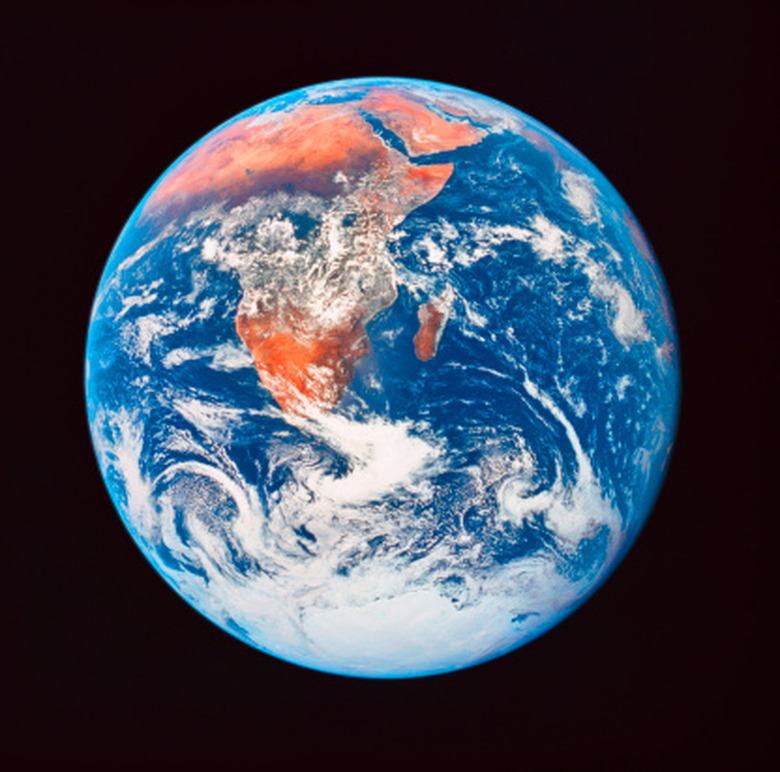What Are The Two Motions Of The Earth?
The birth of modern astronomy occurred during the 1500s and 1600s. Scientist Johannes Kepler, who lived from 1571 to 1630, established that the planets revolve around the sun, thus establishing one of the two primary motions of the earth. Sir Isaac Newton expanded on Kepler's work, establishing how gravity affects planetary movement. Today, we know that the earth has two primary motions, rotation and revolution, which are responsible for life cycles of all living things on Earth.
Rotation
Rotation
The first primary motion of the earth is rotation. The earth rotates in a counterclockwise pattern, spinning on its axis once every 24 hours. The earth wobbles as it rotates, similar to a spinning top because the rotation of the earth occurs at a slight tilt. The earth is tilted at approximately 23.5 degrees. The tilt of Earth, as it rotates, creates different gravitational forces at the north and south poles.
Revolution
Revolution
As the earth rotates on its axis, it also revolves in orbit around the sun. It takes exactly 365 days for Earth to make one full trip around the sun — our definition of a year. The earth follows a circular path as it travels around the sun in a counterclockwise pattern. The path that the earth travels is therefore referred to as the plane of the elliptical.
Effects
Effects
The rotation of the earth on its axis is responsible for daylight and nighttime. As the sun rises from our perspective, we are rotating to face the sun. Conversely, the sun sets as we turn away from the sun. Noon and midnight are the times when the earth is halfway through its daily rotation. Similarly, as the earth revolves in orbit around the sun, we get seasons. The revolution of Earth in space is also responsible for why we see the stars shift their position in the night sky throughout the year.
Variations
Variations
The 24-hour rotation of the earth is not exact. There are slight variations, typically only by a few milliseconds, that cause the span of each day to differ. Throughout history, tidal friction has caused the rotation of the earth to slow, thereby slightly increasing the length of the day. The tilt of the earth also varies, changing between 24.5 and 21.5 degrees as it rotates on its axis. This variation occurs over a very long period of time, approximately 40,000 years. The shape of Earth's revolution around the sun is also subject to variation over a 100,000-year period. These variations in the earth's motions are believed to be responsible for climate changes that can be seen in fossils from glacial and interglacial climates.
Cite This Article
MLA
Maier, Casandra. "What Are The Two Motions Of The Earth?" sciencing.com, https://www.sciencing.com/two-motions-earth-8449620/. 24 April 2017.
APA
Maier, Casandra. (2017, April 24). What Are The Two Motions Of The Earth?. sciencing.com. Retrieved from https://www.sciencing.com/two-motions-earth-8449620/
Chicago
Maier, Casandra. What Are The Two Motions Of The Earth? last modified March 24, 2022. https://www.sciencing.com/two-motions-earth-8449620/
